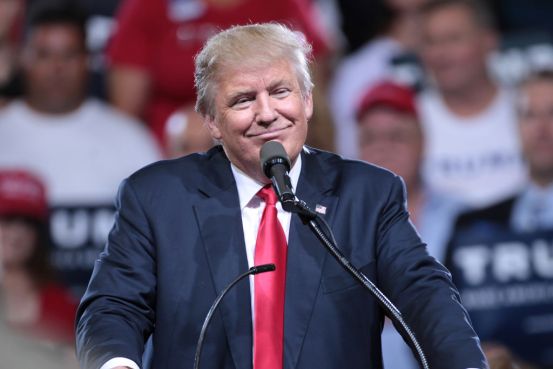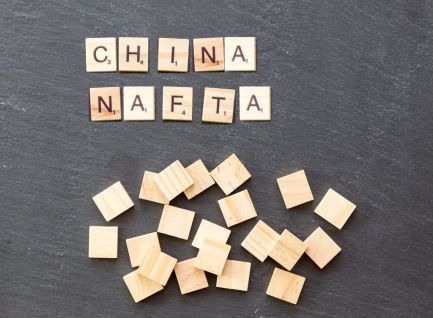President Trump has been making significant steps in the direction of revising the North American Free Trade Agreement , or NAFTA, which the president has started to refer to as the United States-Mexico Trade Agreement.
The North American Free Trade Agreement was instituted on Jan. 1, 1994, where it replaced the Canada-United States Free Trade Agreement. The basic goal of the North American Free Trade Agreement was to eliminate trade barriers between Canada, Mexico and the United States. Which when it was implemented, it got rid of tariffs between the United States and Mexico.
“The goal of any bilateral or multilateral trade agreement is to make your countries more involved and competitive on the global market.” says Dr. Erin McLaughlin, the acting Dean of Cabrini’s school of Business, Arts, and Media.

This new trade agreement simply put is an expanded on version of NAFTA with some alterations as there are updates to certain portions such as the digital economy, automobiles, agriculture and labor unions. The core of the trade pact will stay the same, meaning American companies will continue to be allowed to operate in Mexico and Canada without the use of tariffs.
There were initial concerns from Canada in regards to the trade agreement and whether or not they would be willing to move on with negotiations. Since then, Trump has made it clear that he is willing to move on with negotiations without Canada involved in the picture. Even going so far as to threaten congress to not meddle with the negotiations or he would terminate the deal between all three countries.
A tweet from the president regarding the deal shows what he thinks in regards to Canada’s inclusion. “There is no political necessity to keep Canada in the new NAFTA deal. If we don’t make a fair deal for the U.S. after decades of abuse, Canada will be out,” Trump said on Twitter.

The president has been making aggressive use of bullying tactics in order to attempt to force Canada into the agreement. He has repeatedly made comments in the attempt to paint the image that Canada is the weakest country in the negotiations, and also stating that the trade agreement would be better without the country involved.
However, excluding the country wouldn’t necessarily bode well for the United States as Canada is one of the U.S.’s biggest trade partners. Union leader Richard Trumka, president of the the American Federation of Labor and Congress of Industrial Organizations, said that a new trade agreement wouldn’t work as “Our economies are integrated” and that “It’s hard to see how that would work without Canada on the deal.”
Removing one of the U.S.’s biggest trade partners might not be the best course of action as in the long run, the consumers are the ones hurt the most by potential revisions to NAFTA such as Canada’s removal.
“The main group that are hurt, are those consumers” McLaughlin said, “Unambiguously consumers are hurt when trade barriers are enacted.”
There was a supposed deadline (Aug. 31) for the deal to be finalized however it seems that negotiations are continuing. It’ll be interesting to see where everything ends up and if Canada stays a part of the negotiations.


